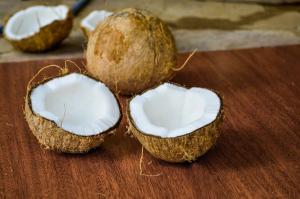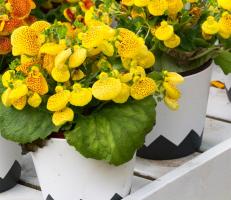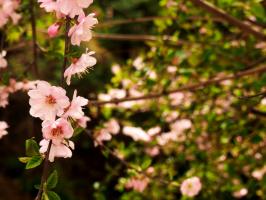Where to Plant Red Maple Trees
The red maple tree, scientifically known as Acer rubrum, is a popular tree species due to its vast range of tolerances and adaptable nature. This deciduous tree is native to North America and can grow up to 100 feet in height, with a spread of up to 50 feet. Red maple trees are often planted for their striking fall foliage, which ranges from bright red to yellow-orange.
Soil Requirements
The red maple tree is known for its ability to grow in a wide range of soil types, from acidic to alkaline. However, it prefers a moist, well-drained soil that is rich in organic matter. This species can tolerate clay soils, but they should be amended with organic matter to improve drainage and fertility. It is also important to avoid planting red maple trees in areas with compacted soils, as this can limit their growth and health.
Light Requirements
The red maple tree can tolerate a range of light conditions, from full sun to partial shade. However, it grows best in areas with full sun exposure, where it can receive at least six hours of direct sunlight per day. In shaded areas, the tree may become more open and leggy, with elongated branches and a thinner canopy. It is also important to note that red maple trees planted under power lines may require regular pruning to prevent obstructions.
Climate Requirements
The red maple tree is adapted to a wide range of climatic conditions, making it a hardy species that is ideal for many locations. It is tolerant of cold temperatures, surviving in USDA hardiness zones 3-9, and can withstand heat and drought conditions. In areas with harsh winters, it is essential to protect young trees from frost damage by wrapping them with burlap or other materials.
Site Considerations
When selecting a site to plant red maple trees, several considerations should be taken into account. Firstly, the location should have enough space for the tree to grow to its full size, without causing obstruction or damage to nearby structures or plants. Secondly, the soil quality and drainage should be suitable for the tree type. Finally, the site should offer enough light exposure for the tree to grow well and develop its best fall coloration.
Care and Maintenance
To keep red maple trees healthy and strong, regular care and maintenance is essential. This includes watering the tree during dry periods, fertilizing the soil with an organic fertilizer, and pruning damaged or diseased branches. Mulching can also help to conserve soil moisture and regulate soil temperature. Over time, red maple trees may require crown thinning, which involves selectively removing branches to increase light penetration and air circulation within the canopy.
Conclusion
The red maple tree is a versatile species that can thrive in a range of conditions, making it an excellent choice for many landscapes. With the right site selection, care and maintenance, the tree can provide many years of enjoyment, including striking fall foliage, shade, and ecosystem benefits, such as improved air quality and wildlife habitat.

 how many times do yo...
how many times do yo... how many planted tre...
how many planted tre... how many pine trees ...
how many pine trees ... how many pecan trees...
how many pecan trees... how many plants comp...
how many plants comp... how many plants can ...
how many plants can ... how many plants and ...
how many plants and ... how many pepper plan...
how many pepper plan...































